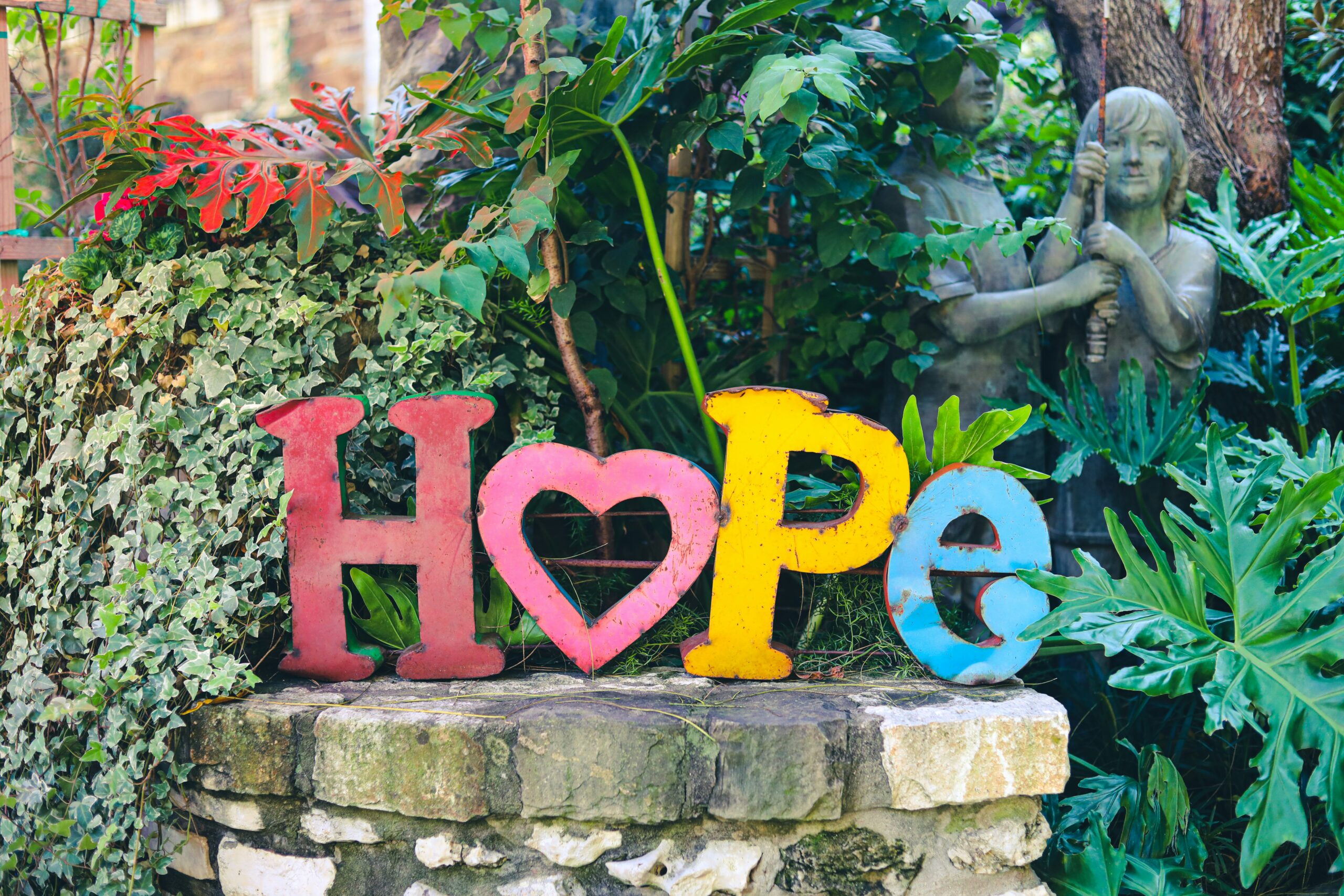
I came to work this morning with the word hope on my mind. Talk about an intangible!
Let’s play with the word and how it has meaning for leaders—not only as a personal disposition but also as an asset that can be developed and shared across a team.
I’ve taken emotional intelligence tests before, though I cannot recall any explicit dimension on hope. If you asked me on an average day to rate how much hope I have, it might be a 3 or 4 on a scale of 1–10. But, if you asked me during a team meeting or while shaping an idea with a client, it would be a 9 or 10. What’s the difference?
That “3–4” is my stock of hope—the reserve available to me in relation to my environment, my neighborhood, the world at large, and the conversation in my own head. It shifts slowly, almost like an exchange rate. But the “9–10” is my practice of hopefulness—what comes alive in action, collaboration, and the work itself.
It’s worth noting that hope and pessimism aren’t opposites. A leader can feel skeptical or cautious and still practice hopefulness. That distinction matters when building culture: hope is an active skill, not simply the absence of pessimism.
Here’s where this matters for organizations:
- An individual’s stock of hope is personal, somewhat slow to change.
- But a team’s capacity to practice hopefulness together can be intentional, cultural, and renewable.
That practice is a form of intellectual capital. Like trust, moral authority, or brand, hopefulness is an intangible asset that fuels mission-driven work. It can be both a source of energy and a by-product of meaningful action.
A Practical Exercise for Leaders
At your next team meeting, ask two simple questions:
- On a scale of 1–10, how hopeful do you feel personally right now?
- What’s one way our team can practice hopefulness this week—something concrete we can do that signals possibility?
Notice the difference between individual stocks and collective practices. Over time, this shared practice of hopefulness strengthens the cultural fabric of your organization and becomes part of its enduring intellectual capital and capacity for resilience.
September 17, 2025
Leave a Reply Cancel reply
Website by Woven Digital Design
| Website by Woven Digital Design
Walker Philanthropic Consulting
Walker Philanthropic Consulting
